Search
Search Results
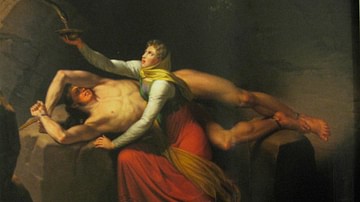
Collection
Norse Mythology - A Collection
Norse mythology, the stories of gods and heroes from in and around the Viking Age (c. 790 - c. 1100 CE) in northern Europe, has provided us with some of the most famous figures in world mythology. Here, in this collection, we look at such...
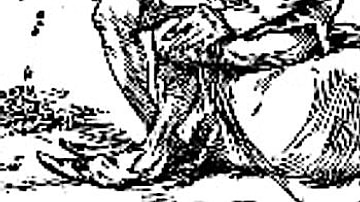
Definition
Leprechaun
Leprechauns (also leprecauns or lepracauns) are figures in Irish folklore who guard hidden treasure. Regarded as small and incredibly agile male fairies or goblins, they most often guard a pot of gold. Leprechauns live solitary lives and...
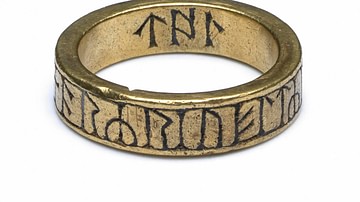
Article
Magic Rings in Norse Mythology
Elements of Norse mythology abound in The Lord of the Rings, and none is so compelling as the ring itself. The One Ring is reminiscent of magic rings in Norse lore, especially Odin's Draupnir or Andvaranaut from the legend of the Volsungs...

Image
Celtic Warrior Figurine
A terracotta figurine of a Celtic warrior. Likely a Celtic Gaul. From Egypt, 220-180 BCE. (British Museum, London)
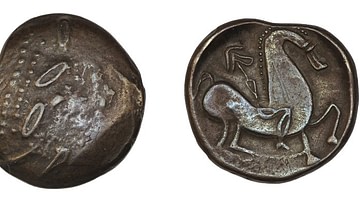
Image
Celtic Coin with Abstract Horse
Celtic coin from modern-day Romania, 3rd- 2nd century BCE. The reverse depicts a horse and helmeted rider while the obverse depicts the head of Zeus, it is one of many imitations of Greek currency to be minted in Celtic Europe in ancient...
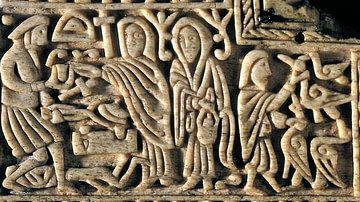
Article
Elves & Dwarves in Norse Mythology
Elves and dwarves represent minor divine figures in Norse mythology. Elves (álfar) and dwarves (dvergar) have in common their talent for creating precious objects, skill, agility, and moral ambiguity. Dwarves appear in several important stories...
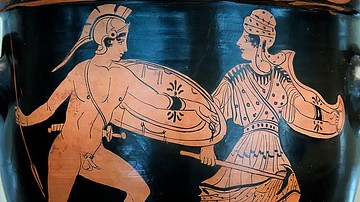
Article
A Visual Who's Who of Greek Mythology
Achilles The hero of the Trojan War, leader of the Myrmidons, slayer of Hector and Greece's greatest warrior, who sadly came unstuck when Paris sent a flying arrow guided by Apollo, which caught him in his only weak spot, his heel. Adonis...
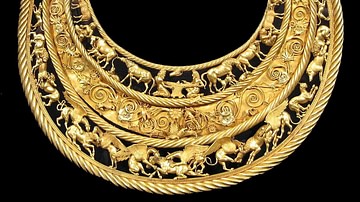
Definition
Scythian Art
Scythian art is best known for its 'animal art.' Flourishing between the 7th and 3rd centuries BCE on the steppe of Central Asia, with echoes of Celtic influence, the Scythians were known for their works in gold. Moreover, with the recent...
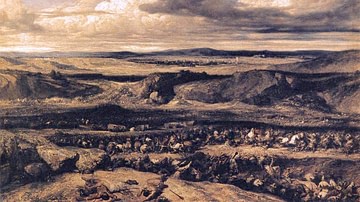
Definition
Cimbri
The Cimbri were a tribe who lived in northern Jutland during the Roman era. Their ethnicity is enigmatic; scholars generally believe that the Cimbri were Germans, though others maintain that they were Celts. The late 2nd-century BCE migration...
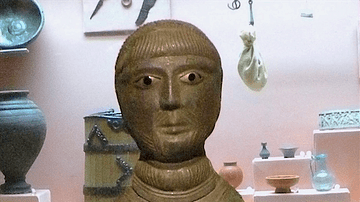
Image
Celtic Warrior, Gaul
A Celtic warrior statue from Gaul. Bronze with glass inlay, 1st century BCE or 1st century CE. From Saint-Maur-en-Chaussée, Oise, France. (Musée départemental de l'Oise)